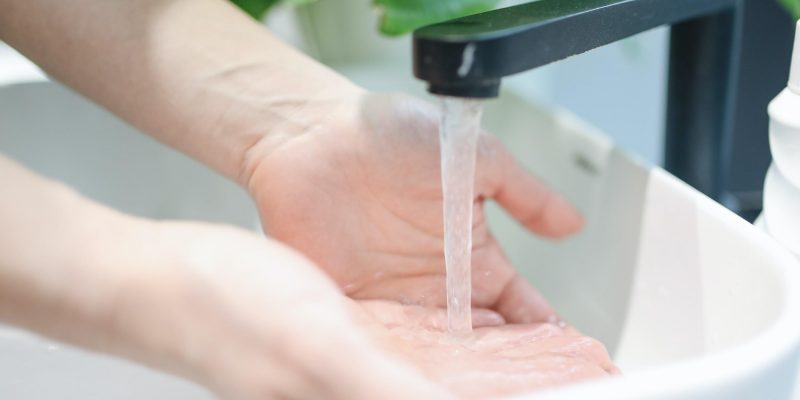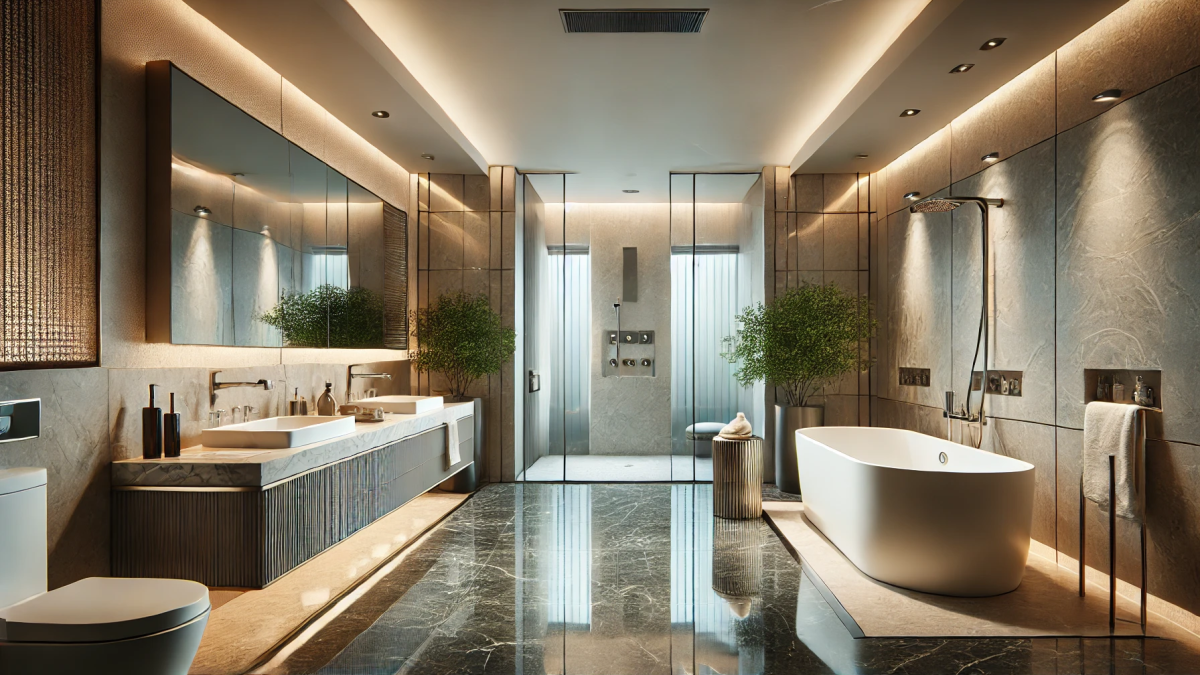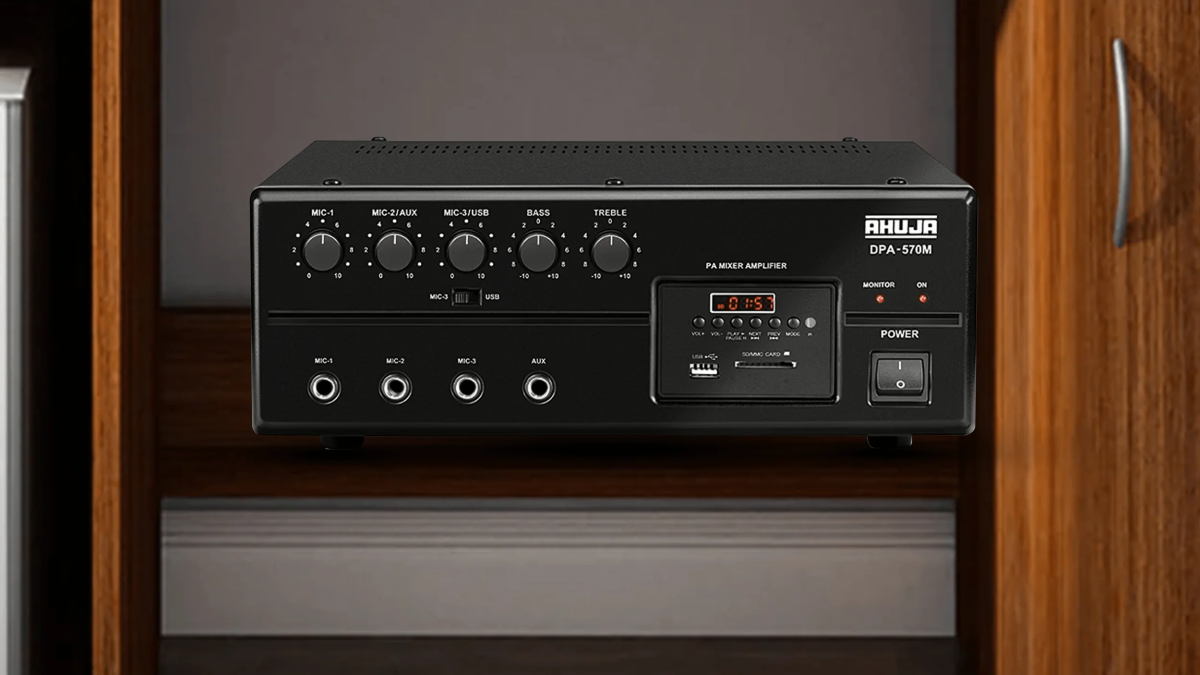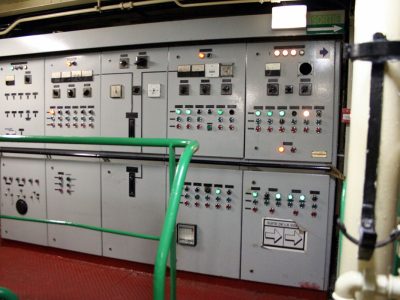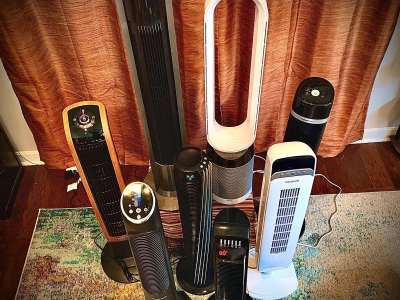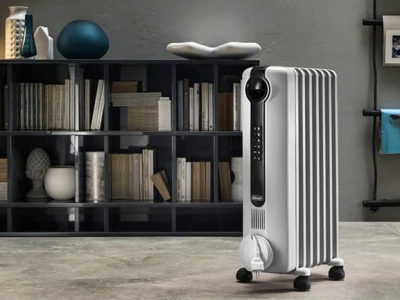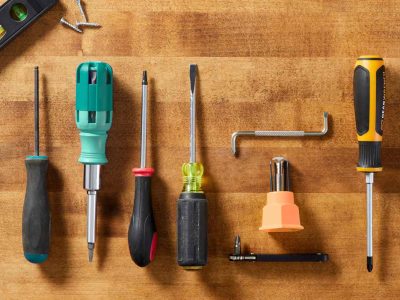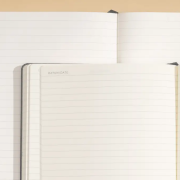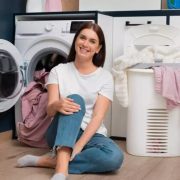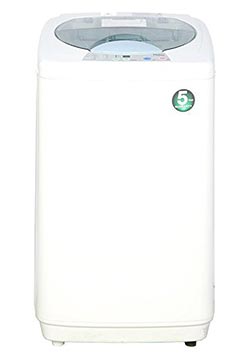A home needs clean, safe water to run smoothly. According to the U.S. Environmental Protection Agency (EPA), the average American family consumes more than 300 gallons of water every day at home. During spring and summer, you can expect to see a substantial increase in your household’s water consumption due to cold showers, watering the lawns, and gardening.
To reduce your water consumption at home without compromising your family’s comfort and safety, consider installing these 4 water-saving devices.
Dual-flush toilet converter
According to EPA, toilets account for nearly 30 percent of a household’s indoor water use. To save water, you should replace outdated fixtures with new, high-efficiency models. If you want to go for a more affordable option, consider installing a dual-flush converter. EPA says homeowners can save 4000 gallons of water annually when employing dual-flush toilets in their residential properties.
Rainfall shutoff device
Do you have a big lawn to water every day? To avoid wasting water and overwatering your plants, connect a rainfall shutoff device to your sprinkler system. Rain sensors are designed to shut off an irrigation system in response to rainfall. This water-saving device is very cheap and easy to install. It would cost you less than $100 to buy a rainfall shutoff device for your sprinkler system.
High-efficiency faucet aerator
There are a lot of benefits to installing a high-efficiency faucet aerator, including decreased faucet noise, increased filtration, and more consistent water pressure. However, the biggest benefit faucet aerators can provide your home is lower energy bills. EPA estimates that you can save about 700 gallons of water per year if you add an aerator to each faucet in your home.
Low-flow showerhead
According to the U.S. Department of the Interior, your old showers could use up to 5 gallons of water per minute. Imagine how much you’ll have to pay for your monthly water bill if each person in your household takes a 10 to 15-minute shower every day. To help save water in your home, invest in low-flow high efficient showerheads. The Department of Energy recommends installing a shower head with a flow rate of less than 2.5 GPM for maximum water efficiency.
Prevent expensive water loss in your home by calling an emergency plumber
During a plumbing emergency, you are at risk of losing an expensive amount of clean, usable water in your home. To prevent that from happening, do not hesitate to call for the help of an emergency plumber at first sight of the plumbing problem. Take advantage of the 24/7 plumbing emergency services offered by your trusted local plumbing company!

